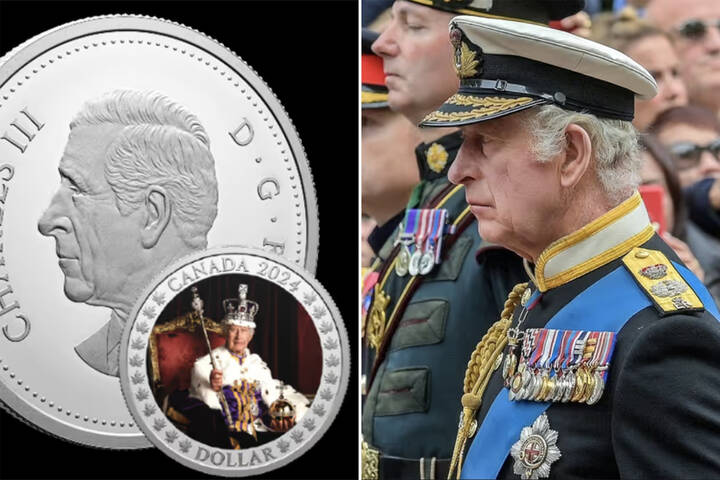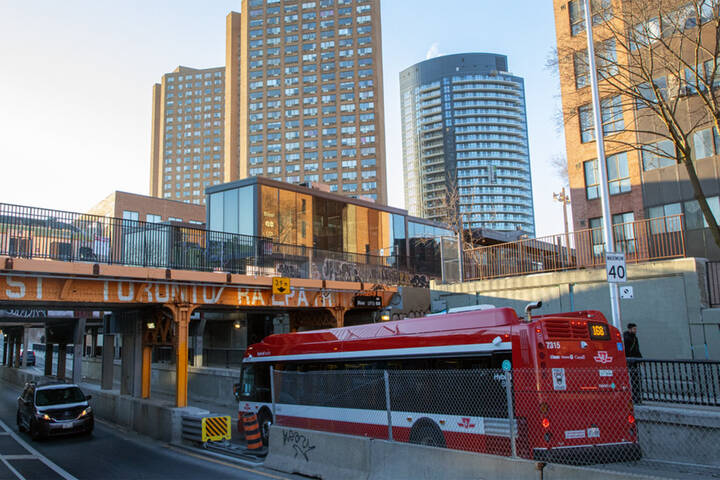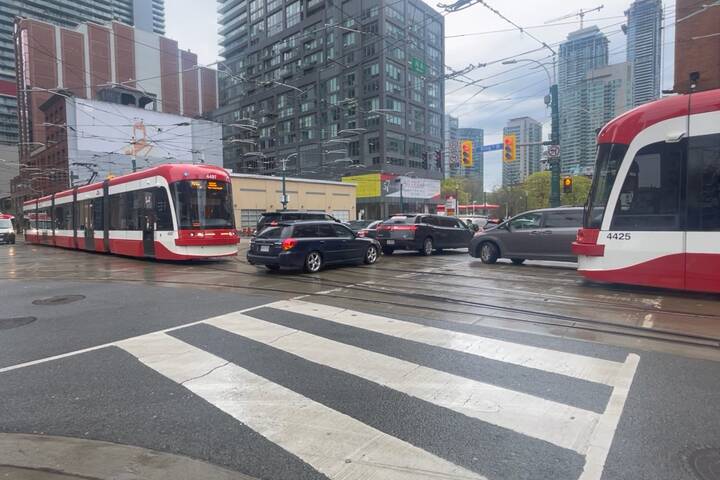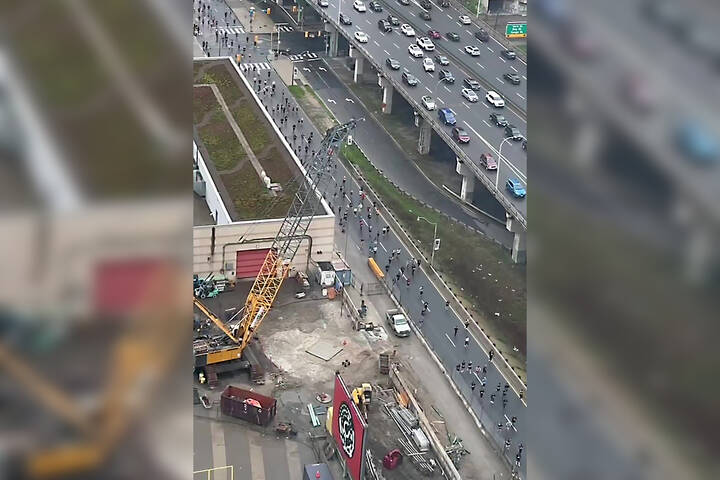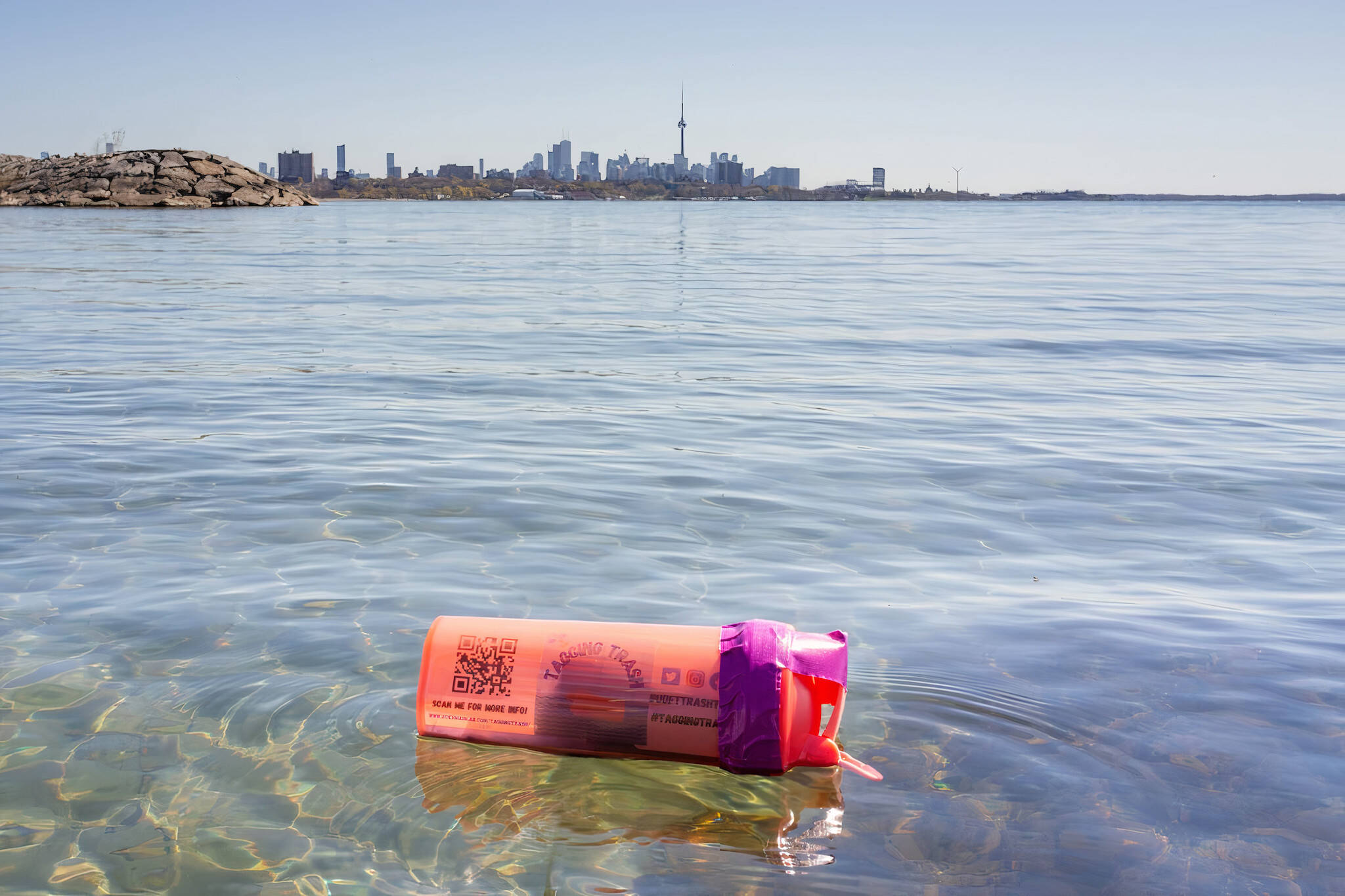
This is why there are orange water bottles floating in Lake Ontario
If you happen to spot a bright orange water bottle floating along the Toronto Harbour this summer, you can be sure that it's not just another piece of trash contaminating Lake Ontario — quite the opposite.
The orange bottles are actually a part of the University of Toronto's Tagging Trash Project, which aims to uncover how litter travels within the waterfront in order to help target litter hotspots and ultimately reduce pollution.
Yesterday was the kickstart to our summer #TaggingTrash adventure. THANK YOU to everyone who helped with our successful bottle deployment along the #TorontoWaterfront! #TeamEffort Follow the journey here: https://t.co/wCV2Z00Bcu pic.twitter.com/C6VTCgLdqP
— U of T Trash Team (@UofTTrashTeam) April 27, 2021
"We are using GPS-tracked 'Blender Bottle' water bottles to represent floating litter in our harbour, and will follow their travels to reveal movement patterns and potential accumulation zones for floating litter," reads the project description.
"This will allow us to better understand local sources of litter and help inform future placement of trash capture devices (like Seabins) to divert litter from Lake Ontario."
The first bottles were released into the lake earlier this week, where they'll remain for the entire summer, with upwards of 20 orange containers now floating aimlessly in the water.
TODAY we launch our new #TaggingTrash project to reveal pathways of #litter in #Toronto Harbour and help understand local sources of litter (to tackle #PlasticPollution w/ practical solutions). Stay tuned! 👀🌊@PortsToronto @TRCA_HQ @ONEnvironment @utsc https://t.co/wCV2Z00Bcu
— U of T Trash Team (@UofTTrashTeam) April 26, 2021
Each bottle contains a small satellite tracker that has been configured to report GPS coordinates back to the team on an hourly basis, and a public map showing where the bottles travel in real-time is also being updated every few days.
Once the team has finished charting the bottles' journey across the harbour, each one will be retrieved at the end of the summer.
Another GPS-tracked bottle enters the lake! #TaggingTrash @PortsToronto @TRCA_HQ @UTSC @ONenvironment pic.twitter.com/5XHi4ZL30I
— U of T Trash Team (@UofTTrashTeam) April 26, 2021
Anyone who comes across one of these bottles is asked to leave them where they are, but residents are encouraged to snap a photo and tag @UofTTrashTeam with the hashtag #TaggingTrash when sharing it online.
#TaggingTrash is a collaboration between our team, @portstoronto @ONEnvironment @TRCA_HQ and @utsc! You can follow the journey of our 20+ #GPS tracked bottles here, all summer long: https://t.co/wCV2Z00Bcu
— U of T Trash Team (@UofTTrashTeam) April 26, 2021
"Location data will help our team investigate the potential pathways and sources of floating litter in Lake Ontario. This data will then be used to help develop a hydrodynamic model to predict and better understand the transport of plastics within, as well and out of, the Toronto Harbour," says the Tagging Trash Project team.
"Once we can better understand where plastics end up in the harbour, we can pinpoint the best locations to place a trash capture device, like a Seabin, to remove floating plastic and make for a cleaner harbour!"
Latest Videos
Latest Videos
Join the conversation Load comments

